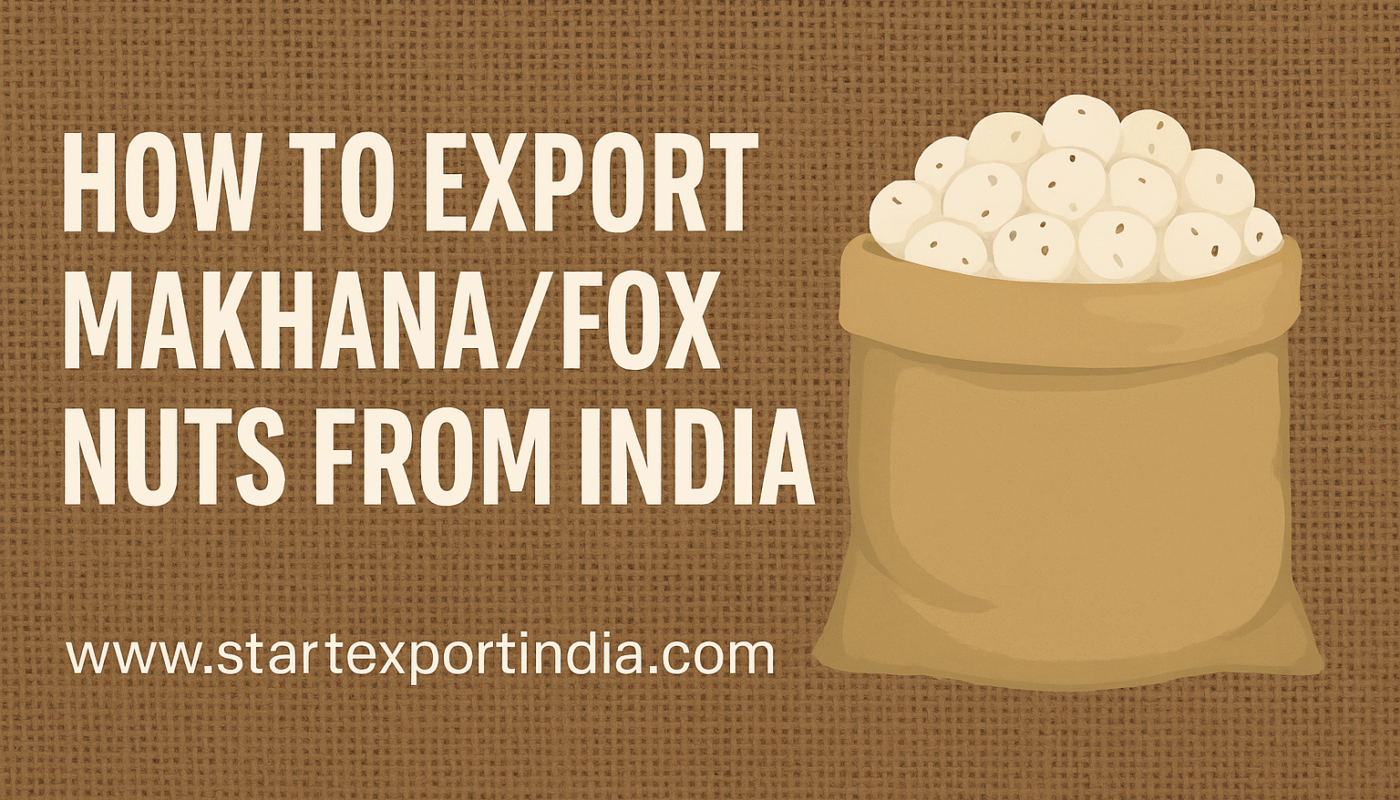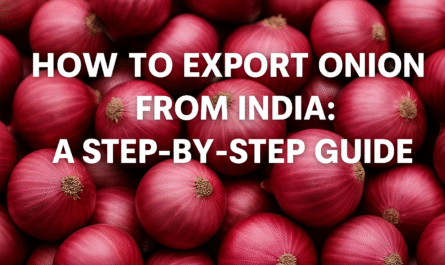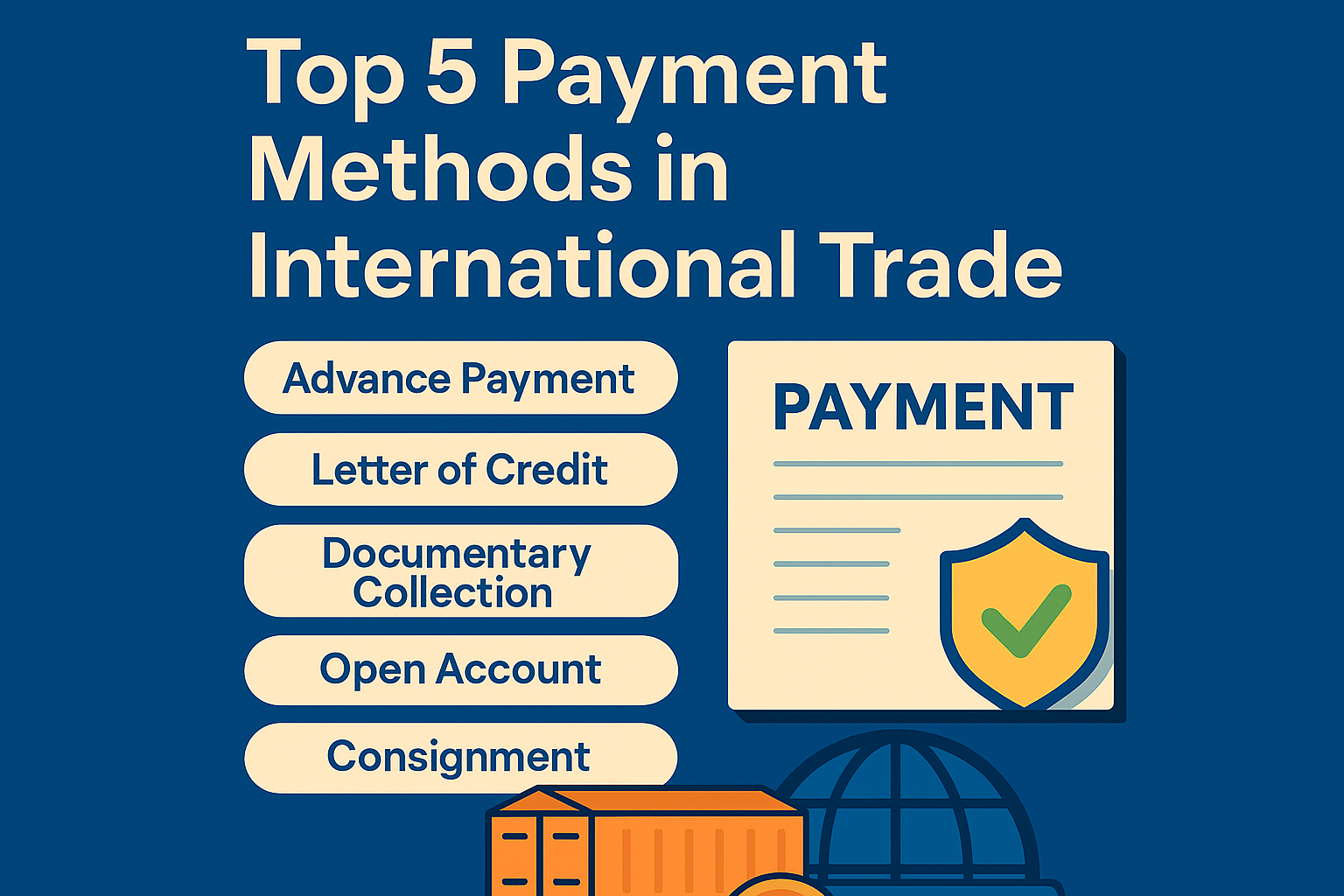- Introduction to the Makhana Export Business
- What is Makhana/Fox Nuts?
- Why Makhana is in Global Demand
- Understanding the Global Makhana Market
- Legal Requirements to Export Makhana from India
- How to Source High-Quality Makhana
- Export Documentation Process for Makhana
- Choosing the Right Shipping Method
- Finding Buyers for Makhana in the International Market
- Pricing Strategy for Exporting Makhana
- Payment Methods in Export Trade
- Tips for Success in Makhana Export Business
- Common Challenges in Makhana Export and How to Overcome Them
- Conclusion
- FAQs on Makhana/Fox Nut Export from India
Introduction to the Makhana Export Business
Makhana, also known as fox nuts or lotus seeds, is quickly becoming one of India’s most sought-after export commodities. Known for its high nutritional value and versatile use in snacks, sweets, and health foods, the global demand for Makhana has surged in recent years.
India, particularly the state of Bihar, produces over 90% of the world’s Makhana, making it a prime location for starting an export business. With rising health-consciousness worldwide, the market for Makhana is expanding rapidly, offering a lucrative opportunity for Indian exporters.
What is Makhana/Fox Nuts?
Makhana comes from the seeds of the Euryale ferox plant, which grows in stagnant water bodies. After harvesting, seeds are processed through drying, roasting, and grading to produce the puffed, crunchy snack we know as fox nuts.
They are rich in protein, low in fat, and gluten-free — making them a perfect fit for modern dietary preferences.
Why Makhana is in Global Demand
- Health Benefits: Makhana is packed with antioxidants, protein, magnesium, and potassium.
- Versatile Use: Popular in roasted snack form, sweets, curries, and breakfast cereals.
- Growing Vegan and Gluten-Free Market: Fits into multiple dietary trends.
- Long Shelf Life: With proper packaging, Makhana can last up to a year, making it ideal for exports.
Understanding the Global Makhana Market
The global Makhana market is projected to grow at over 8% CAGR until 2030, fueled by increasing demand in North America, Europe, and the Middle East.
Top Importing Countries for Makhana
- USA
- UK
- UAE
- Australia
- Japan
- Canada
Price Trends and Profit Margins
Depending on quality and grade, Makhana export prices range from $4 to $12 per kg in the international market. Exporters can achieve a profit margin of 15–30% after covering sourcing, processing, packaging, and shipping costs.
Legal Requirements to Export Makhana from India
Before you can ship Makhana overseas, you must meet all legal requirements set by the Government of India. Missing any step could result in shipment delays or penalties.
Registering Your Export Business
To begin, you need to register your business as a legal entity in India. You can choose from:
- Sole Proprietorship
- Partnership Firm
- Private Limited Company
- LLP (Limited Liability Partnership)
Registering gives your business a legal identity and builds trust with foreign buyers.
Mandatory Licenses and Certifications
1. IEC (Import Export Code)
Issued by the Directorate General of Foreign Trade (DGFT), the IEC is a 10-digit code required for all import/export businesses in India. Without it, you cannot clear goods through customs.
2. FSSAI License
Since Makhana is a food product, you must obtain a license from the Food Safety and Standards Authority of India to ensure compliance with safety regulations.
3. APEDA Registration
The Agricultural and Processed Food Products Export Development Authority registration is crucial for agricultural exporters. It helps you participate in international trade fairs and receive export incentives.
4. GST Registration
Goods and Services Tax registration is mandatory for invoicing and tax compliance.
Quality Standards and Packaging Norms
International buyers expect premium quality. Follow these guidelines:
- Use food-grade packaging with moisture-proof materials.
- Label packages with product name, net weight, origin, and expiry date.
- Follow Codex Alimentarius standards for international food safety.
How to Source High-Quality Makhana
Sourcing is critical because quality determines your repeat business and brand reputation.
Identifying Reliable Suppliers in Bihar and Other States
- Bihar (Darbhanga, Madhubani, Katihar) is the main hub for premium Makhana.
- Connect with FPOs (Farmer Producer Organizations) for bulk supply.
- Verify suppliers’ processing methods and hygiene standards before signing contracts.
Grading and Processing Requirements
Makhana is graded into:
- Grade A: Large, white, and uniform size (best for exports).
- Grade B: Medium size, slightly off-white.
- Grade C: Smaller size, used for local markets.
Processing steps include cleaning, roasting, polishing, and sieving to ensure uniform quality.
Export Documentation Process for Makhana
For smooth customs clearance, ensure you prepare all necessary documents.
Commercial Invoice
Lists product details, quantity, price, and payment terms.
Packing List
Specifies the number of packages, weight, and dimensions.
Bill of Lading / Airway Bill
Proof of shipment issued by the carrier.
Certificate of Origin
Confirms that the Makhana is produced in India.
Phytosanitary Certificate
Issued by the Plant Quarantine Authority of India to certify the shipment is pest-free.
Choosing the Right Shipping Method
Shipping costs and timeframes can make or break your business.
Sea Freight vs. Air Freight for Makhana
- Sea Freight: More cost-effective for bulk shipments; takes 20–40 days.
- Air Freight: Faster (5–10 days), but more expensive; best for urgent orders.
Cost and Time Considerations
Factor in:
- Freight charges
- Port handling fees
- Customs duties in the destination country
Finding Buyers for Makhana in the International Market
Getting buyers is often the toughest part for new exporters.
B2B Platforms
- Alibaba
- TradeIndia
- IndiaMART
- Global Sources
Trade Fairs and International Exhibitions
Participate in events like Gulfood Dubai or SIAL Paris to network with buyers.
Digital Marketing for Export Business
- Build a professional export website (like www.startexportindia.com).
- Use LinkedIn to connect with importers.
- Run targeted ads in countries with high Makhana demand.
Pricing Strategy for Exporting Makhana
A good pricing strategy ensures profitability while staying competitive.
Calculating Cost Per Unit
Include:
- Raw material cost
- Processing and packaging costs
- Freight and insurance
- Customs charges
Setting Competitive Export Prices
Research competitors’ pricing and adjust according to grade and market demand.
Payment Methods in Export Trade
Choosing a secure payment method protects you from losses.
Letter of Credit (LC)
Most secure for large orders; payment is guaranteed by the buyer’s bank.
Advance Payment
Best for small orders and new buyers.
Documentary Collections
Payment is released when the buyer’s bank receives shipping documents.
Tips for Success in Makhana Export Business
- Build strong relationships with reliable suppliers.
- Offer samples to new buyers to build trust.
- Keep learning about changing food safety regulations.
- Diversify your buyer base to reduce risk.
Common Challenges in Makhana Export and How to Overcome Them
Customs Delays
Avoid delays by ensuring accurate documentation and compliance.
Quality Rejections
Maintain strict quality control and perform third-party inspections.
Price Fluctuations
Negotiate fixed-rate supply contracts with farmers.
Conclusion
Exporting Makhana from India is a profitable venture if you follow the right procedures and maintain quality standards. With India’s dominance in production and rising global demand, now is the perfect time to enter this market.
FAQs on Makhana/Fox Nut Export from India
1. What is the minimum investment required for Makhana export?
Around ₹3–5 lakhs for small-scale exports, depending on order size.
2. Is APEDA registration compulsory for Makhana export?
Yes, for agricultural products like Makhana, APEDA registration is required.
3. How do I find reliable Makhana buyers?
Use B2B platforms, trade fairs, and export promotion councils.
4. Which countries pay the highest price for Makhana?
USA, UAE, and Japan often offer higher prices for premium grades.
5. Can I start Makhana export from home?
Yes, if you have the necessary licenses, suppliers, and buyers.
6. How to ensure Makhana meets international quality standards?
Work with certified suppliers, use proper processing, and follow packaging guidelines.



